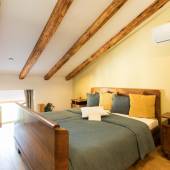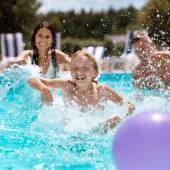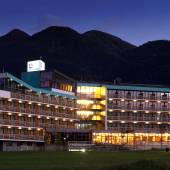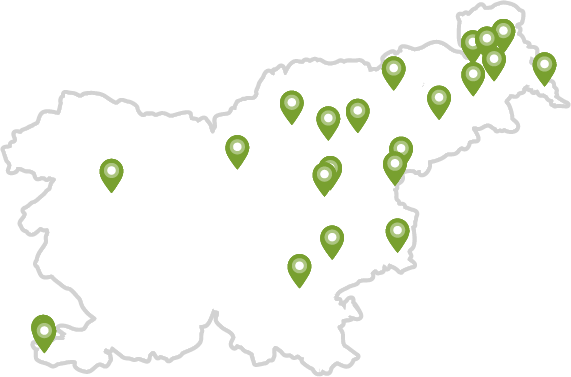This year, 2017, is devoted to celebrating the 500th anniversary of the Reformation. Its beginnings stretch back to the year 1517 in Germany, where the Augustinian monk Martin Luther nailed to the door of the Wittenberg church his 95 theses expressing criticism of the then church order. The Reformation movement quickly spread, encompassing the Slovenian lands, where it had a major influence on Slovenian consciousness. That period featured the publication of the first two printed books in Slovenian, and the key figure in the Slovenian Reformation was Primož Trubar. The Counter-Reformation almost entirely eradicated Protestantism. Today around 20,000 Evangelicals live in Slovenia, mostly in Prekmurje. Among the more than 50 European Cities of the Reformation the Community of Protestant Churches in Europe included three Slovenian places that were important for the Protestant movement – Ljubljana, Rašica and Puconci. You too can discover them!
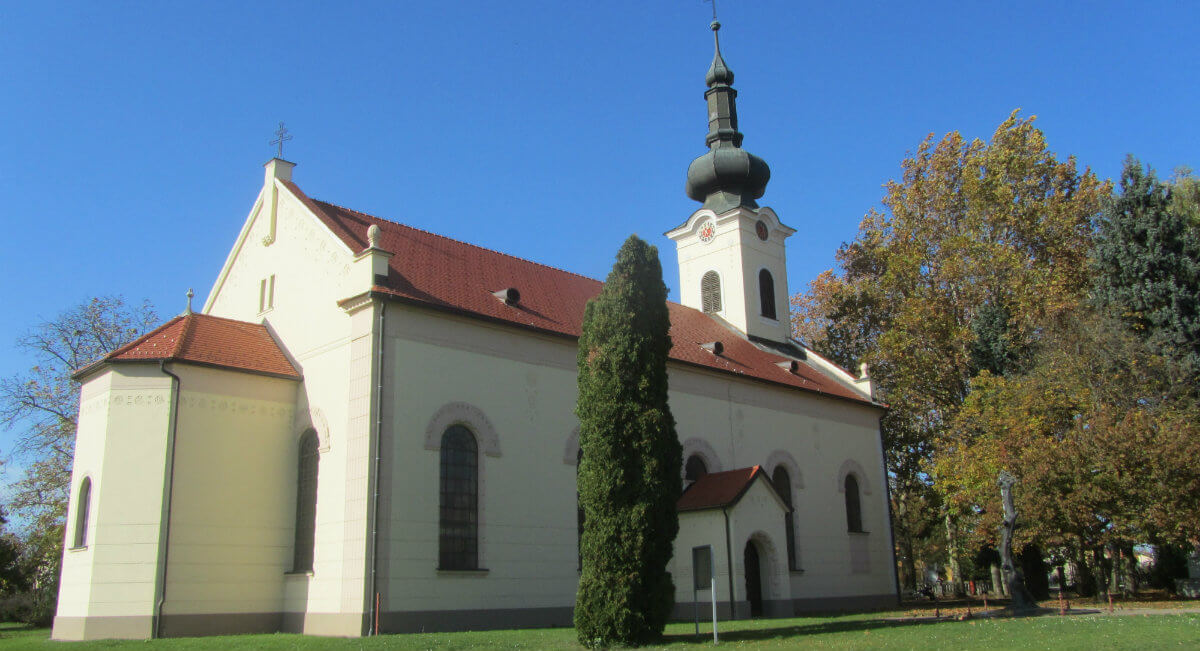
Puconci – the first Evangelical municipality in Slovenia
Puconci is regarded as a cradle of Protestantism in Slovenia, and the place where in the 18th century, with the enactment of a tolerance patent the first Evangelical church municipality was created and the first Evangelical church in Slovenia was built. Upon its founding it had 5,700 members, while today there are 1,700 in 17 villages.
You can enhance your exploration of the Evangelical history of Puconci and Prekmurje by visiting the local spas. Allow yourself to be pampered in Moravske Toplice at Terme 3000 and Terme Vivat. Cyclists can set off to explore the nearby area of Goričko. Stop in at Grad Castle, the most extensive castle complex in Slovenia. This was the home of the Szechy family, which in the 16th century spread Protestantism in this area.
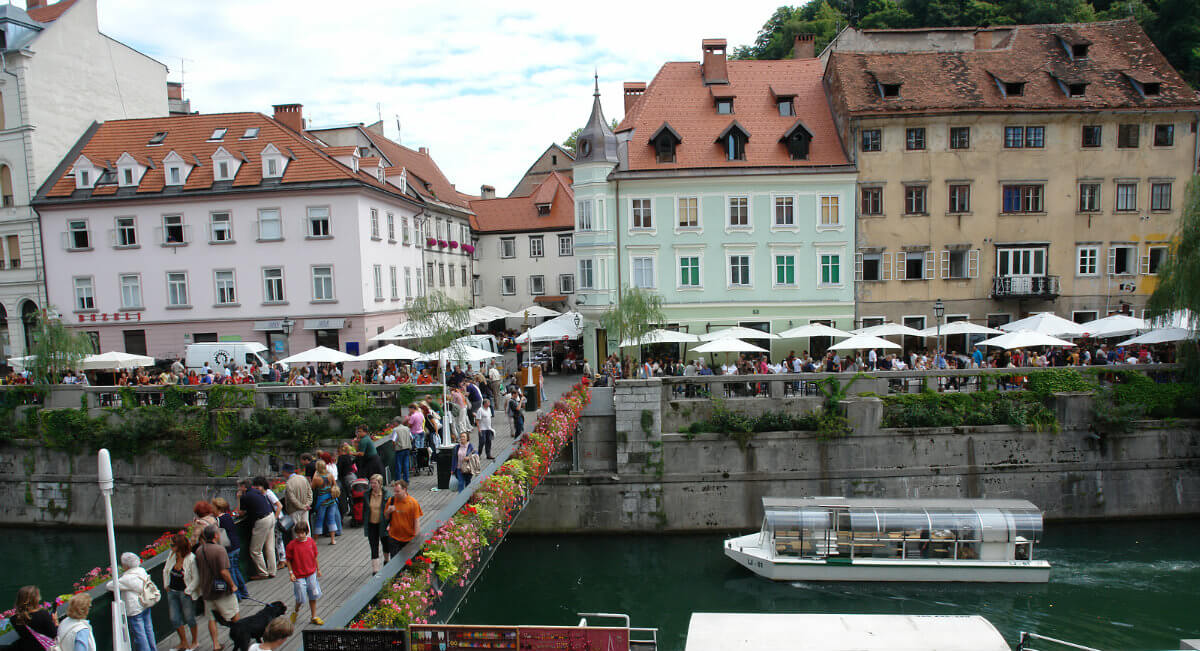
Ljubljana – centre of cultural flowering of the Reformation
In the 16th century Ljubljana became the centre of Slovenian Protestantism, and at the same time a cultural centre. At that time the Slovenian capital acquired its first secondary school, public library and printing press, which had an important influence on the development of Slovenian literature and the Slovenian language. In 1550 Primož Trubar published the first two printed books in Slovenian, Katekizem in Abecednik (Catechismus and Abecedarium), while important work was also done by Jurij Dalmatin with his Slovenian translation of the Bible. Adam Bohorič published the first Slovenian grammar book, Zimske urice (Arcticae horulae succisivae), and another prominent figure in the Slovenian Reformation was Sebastijan Krelj. The Protestant flowering in Slovenia was later suppressed by the Counter-Reformation movement.
Today there is just one Evangelical church in Ljubljana – the Primož Trubar Church. The nearby Slovenian Reformation Park recalls the period of the Protestant movement. During his time in Ljubljana, Trubar lived in a house at Ribji Trg considered to be the oldest dated house in the capital. One of the streets in Ljubljana’s city centre also bears the name of the principal Slovenian Reformation figure. Along Trubarjeva Ulica, which you can reach from the central Prešeren Square, you will come across numerous shops, bars and restaurants that create a lively urban pulse.
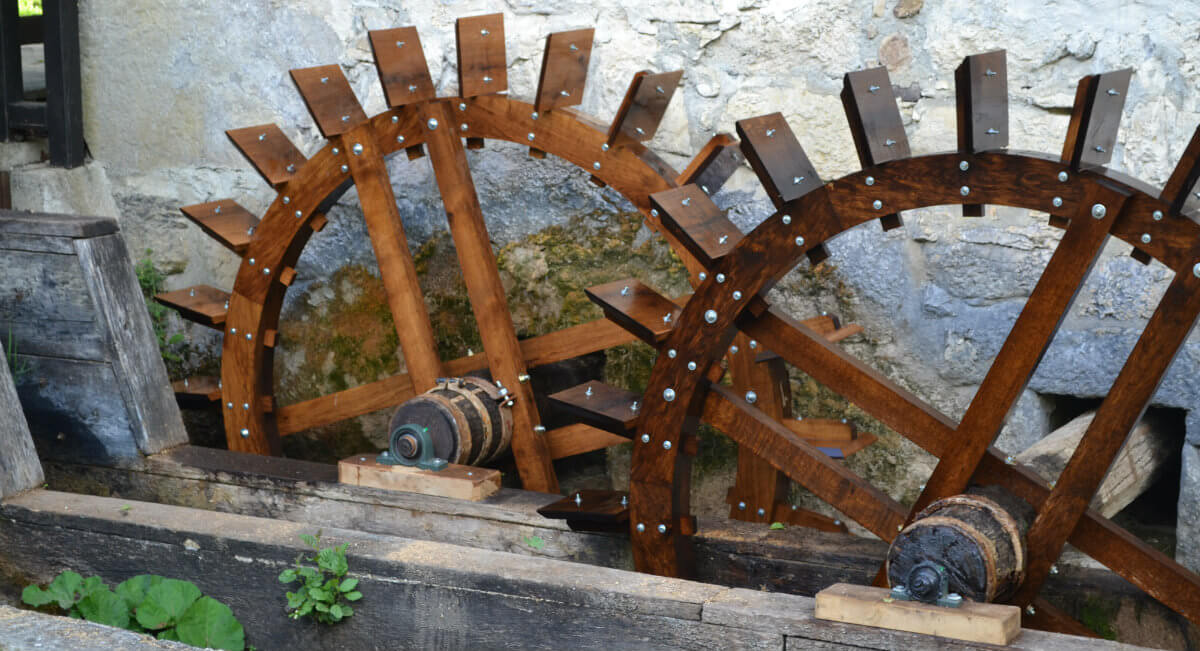
Rašica – birthplace of Primož Trubar
The tiny village of Rašica in the municipality of Velike Lašče, not far from Ljubljana, is the birthplace of Primož Trubar. His home has been converted into a museum, and next to it are a restaurant, gallery and reading room. Combine pleasure with a learning experience and follow the interpretive forest trail between Rašica and Turjak. Stop in at Turjak Castle, where you can see the Dalmatin Chapel. It is named after the Reformation figure Jurij Dalmatin, who translated the Bible into Slovenian right there in Turjak Castle. The area around Velike Lašče was the birthplace of several other important Slovenian literary figures in addition to Primož Trubar. You can get to know them on the Velike Lašče Cultural Trail, on which you can find numerous cultural and historical features. Hiking enthusiasts can opt for other maintained trails that lead past cultural monuments and through unspoilt nature with numerous karstic features. Nearby is the junction of European footpaths E6 and E7.

